|
As mentioned in my previous post, I traversed Sicily from west to east and back again touring vineyards and meeting with winemakers. Logically, I should begin this story with the first winery that I visited on the western side of Sicily. However, I’m going to begin “our tour” with Feudo Montoni, located in the middle of Sicily, high up on a mountain, surrounded by wheat fields and vineyards in a commune called Cammarata in the Province of Agrigento. Feudo Montoni was my last stop on the wine tour before heading for Catania. And for me it summed up all the passion, love and pride of the Sicilian winemakers that I had met so far. As we made our way up a long, narrow and twisty road towards Feudo Montoni, more meadows of wheat fields, sheep and goats emerged. Fabio Sireci is owner, winemaker and third generation of Feudo Montoni. His grandfather Rosario purchased Feudo Montoni in the late 1800s, having observed and appreciated the land, its biodiversity and the ancient vines of Nero d’Avola, Perricone and Cataratto. I’d also like to mention that Feudo Montoni is one of Sicily’s most historical producers of Nero d’Avola and is the highest vineyard in Sicily for Nero d’Avola. The estate dates back to the 16th century where at that time the prized “Vrucara” single-vineyard was first planted. Fabio’s father, Elio planted new vineyards and modernized the cellar in the late 1960s. Today, 600 years later, the wines are made in the same cellars and on the same land. The baglio (a typical Sicilian interior court square) was built in 1469 and is an impressive and beautiful structure. Fabio, like his grandfather and father before him, continues “acting as guardian of the ancient plants and their grapes.” Fabio is involved in every process, from the vineyard to the cellar. Feudo Montoni philosophy is as follows: We arrived to a warm welcome from Fabio and Melissa Muller. Melissa recently published a book called “Sicily: The Cookbook: Recipes Rooted in Traditions”. This book is a seven-year endeavor delving into Sicilian gastronomy sprinkled with narratives and beautiful photographs. Wine and food…a perfect union! As we stood outside overlooking the vineyards and wheat fields, Fabio gave us a wonderful verbal tour of Feudo Montoni’s history, philosophy, harvesting and winemaking techniques. He pointed out the 90 year old bush vines in one of his vineyards and explained how ancient vines are propagated from their vineyards using traditional techniques of propagation or grafting. All wines are certified organic. We were invited into their home for a fabulous feast prepared by Melissa and a tasting of seven wines produced by Fabio. The slide show below will give you a glimpse into a beautiful afternoon spent at Feudo Montoni. I have also included a short video of Fabio and Melissa talking about Nero d’Avola Vrucara and Lagnusa. All the wines were memorable, with my favorites being: 2013 Vrucara, intense aromas, full-bodied, dark cherries, juicy and elegant. 2015 Perricone Smooth with plum and spice. Earthy and full. 2016 Catarrato Delicately aromatic with floral and citrus, hints of mint. Fruit fresh with good balance and acidity. We took a quick tour of the cellars and bottling area. As we said our good-byes with an autographed cookbook in hand and the taste of sweet Passito still lingering on my palate, Fabio’s parting words said it all “the heart and soul transfers to the grapes and wine”. Thank you, Fabio and Melissa for an inspiring afternoon!
Cheers! Penina To leave a comment or if you have an inquiry, please contact me at [email protected] 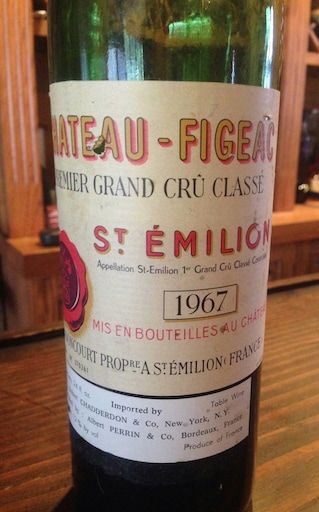 Yesterday’s post ended with a little history of Chateau Figeac and today’s post will begin with some history of Chateau Haut-Brion. As promised, I have a story to tell. Over the years I have tasted Chateau Haut-Brion 59’ 69’ 81’ 94’ and most recently a 61’. I have reviewed most of these vintages on previous posts along with some history. At the risk of being redundant, I felt that after drinking the 61’, we should all be reminded of whence it came. So here is part of a post from September 2015 with additional information added to it. Chateau Haut-Brion, a Premier Cru Classé First Growth) is produced in Pessac located just outside the city of Bordeaux. Of the five first growths, it is the only wine with the Pessac-Léognan appellation. It also has one of the longest histories of any Bordeaux wine chateau and has been growing grapes to produce Bordeaux wine for almost 600 years! Haut-Brion is the earliest identified first growth that was included in the official 1855 Classification. The name is derived from the Celtic term “Briga”, meaning a rise or mount in the land. When Jean de Pontac married Jeanne de Bellon in 1525, she brought the first portion of the Bordeaux wine property called Haut-Brion as a dowry. Pontac bought the title to the domain of Haut-Brion in 1553 and continued to expand and improve the property. Pontac died at the age of 101, having married twice more, siring 15 children and ensuring a legacy for generations to come. In 1801,Haut-Brion was sold to Talleyrand, Prince of Benevento making him the first “non-family” to own Chateau Haut-Brion. In 1935, Clarence Dillon, an American financier bought the Château. Today, Dillon’s granddaughter, Joan Dillon is head of the Chateau. The first official review of Chateau Haut-Brion wine and any wine ever came from Samuel Pepys on April 10th, 1663. He wrote, “There I drank a sort of French wine called Ho-Bryan that hath a good and most particular taste I never met with.” An interesting wine review! Chateau Haut-Brion was one of the first Bordeaux châteaux to begin using stainless steel vats for vinification in 1961. Double skinned, stainless steel vats were introduced at the Chateau in 1991. The wine is aged in up to 100% new French oak for about 24 months. The blending takes place just after fermentation is finished and prior to the oak barrel aging process begins. The best vintages for the red wine of Château Haut-Brion are: 2012, 2010, 2009, 2008, 2006, 2005, 2000, 1998, 1996, 1995, 1990, 1989, 1985, 1982, 1961, 1959, 1955, 1953, 1950, 1949, 1948, 1947, 1945, 1934, 1929, 1928, 1926 and 1921. It is interesting to note that when Clarence Dillon bought the chateau, he hired Georges Delmas as the château's régisseur (director). And ever since then, a Delmas has remained as régisseur. In fact, the 61’ was the debut vintage for Jean-Bernard Delmas, son of Georges. So, without further ado, here is my review of the 1961 Chateau Haut-Brion. The cork was soft but came out easily. The wine was then poured into a decanter with surprisingly very little sediment. The color was deep garnet with fruity aromas that were indiscernible. A quick sip after decanting assured us that the wine was very drinkable. After thirty to forty minutes, the wine began to open. It was full bodied, had substance and was as smooth as silk. Over time, the palate offered a complex array of dark, sweet fruit with a smoky edge. The fruit continued to the very last sip. This was without a doubt a heavenly experience. I must confess that the Haut-Brion and 1975 Chateau Figeac were not stored in optimum conditions for the past thirty-one years and that is the only thing that these two Bordeaux have in common. Unfortunately, the Chateau Figeac when opened was the color of rust and undrinkable. However, the Haut-Brion has stood the test of time and less than favorable storage conditions. One should expect no less from a Premier Cru Classé First Growth! Cheers!
Penina 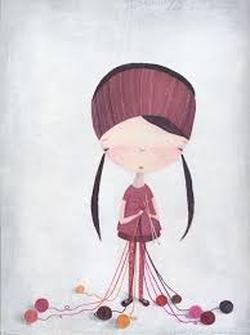 Since I launched TheWineKnitter in June of 2014, my posts were mainly focused on wine and knitting. As time went on I drifted away from “knitting” and became more engrossed in writing about wine, food and sometimes travel. Over the holidays, I began sorting through many knitting designs that I created and now feel the need to occasionally bring knitting back into play on my blog. 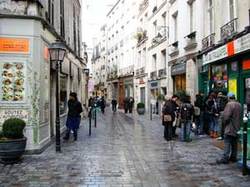 While visiting Paris a few years ago, I took myself on a walking tour of Le Marais which is an historic district in parts of the 3rd and 4th arrondissements. Amongst the historic buildings and beautiful architecture I stumbled upon a knitting shop. Of course I went in! Thirty minutes later, I departed the shop with a bag full of beautiful skeins of silk, cotton, linen and blends that I hadn’t seen in the US. It was the only purchase I made while in France! When I returned home from Paris, I immediately put my knitting needles to work. This “French” shawl is made of cotton, viscose and linen. The shawl is wrapped around a 1967 Chateau-Figeac and 1961 Chateau Haut-Brion. Both bottles of Bordeaux were opened a few weeks ago and each has a story to tell. Chateau-Figeac dates back to the 2nd century AD with the Figeacus family and is located in Saint-Emillion. The Manoncourt family acquired Chateau Figeac in1892. Chateau-Figeac became a First Great Classified Growth in 1955. Thierry Manoncourt created a unique grape composition of 30% Merlot, 35% Cabernet Franc and 35% Cabernet Sauvignon. He was dubbed “Pharaoh of Saint-Emillion” by the press in 1971. Although Thierry passed away in 2010, his wife and daughters, along with a highly skilled wine-growing team, carry on the tradition of wine making today.
Tomorrow I will continue my story of Chateau-Figeac and Chateau Haut-Brion and how they faired once opened! Have a great Wine Wednesday! |
Categories
All
|

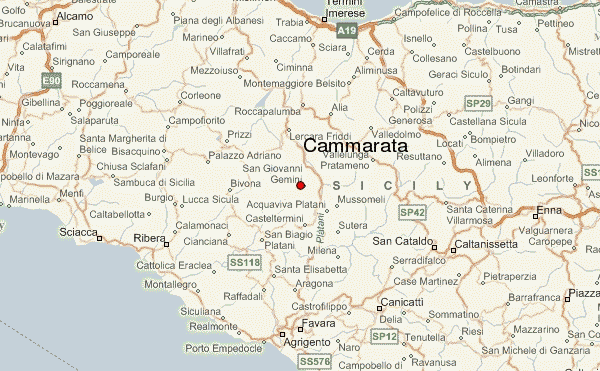
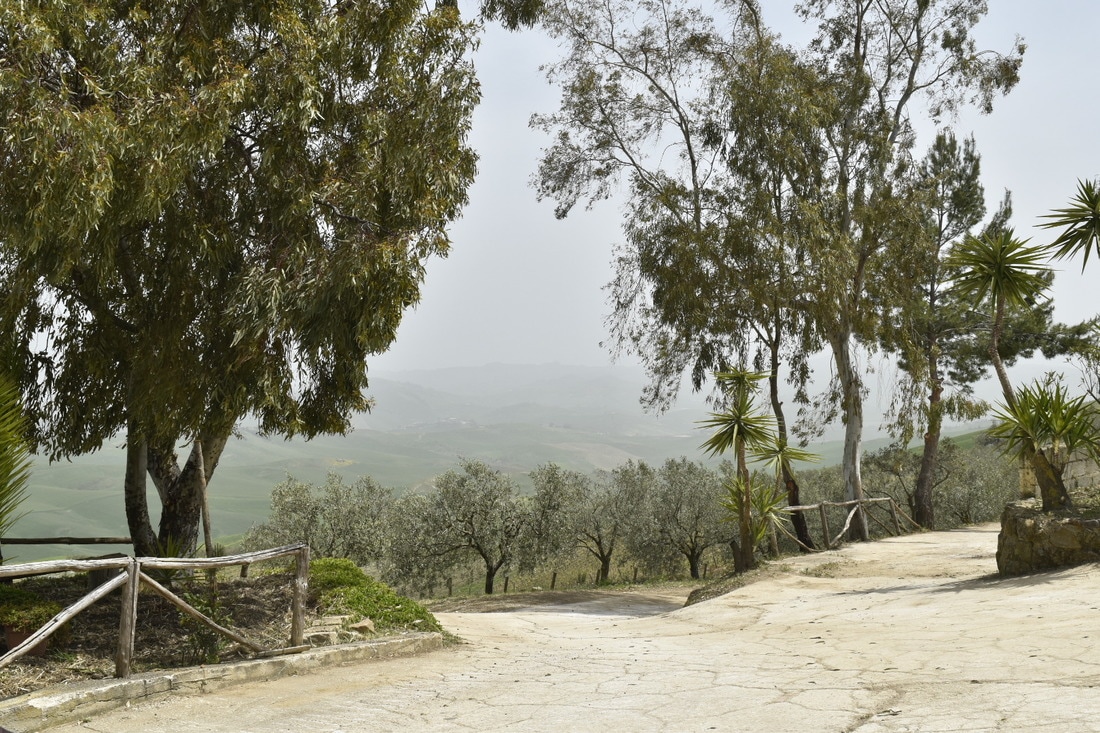
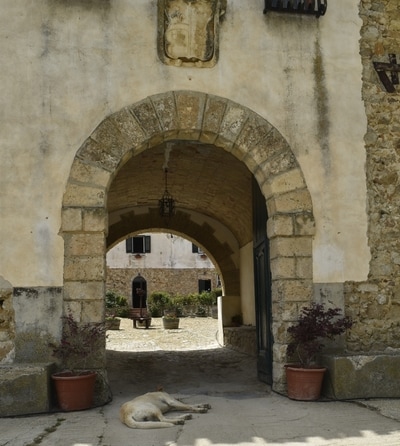
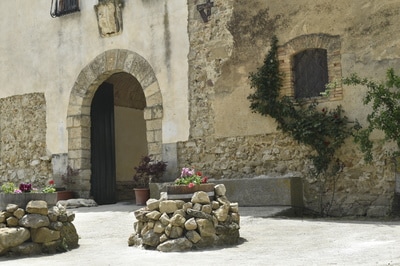
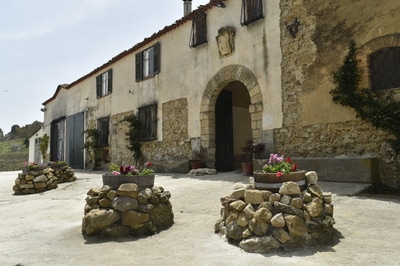
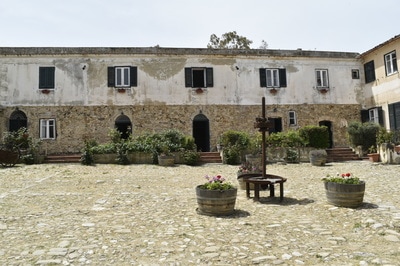
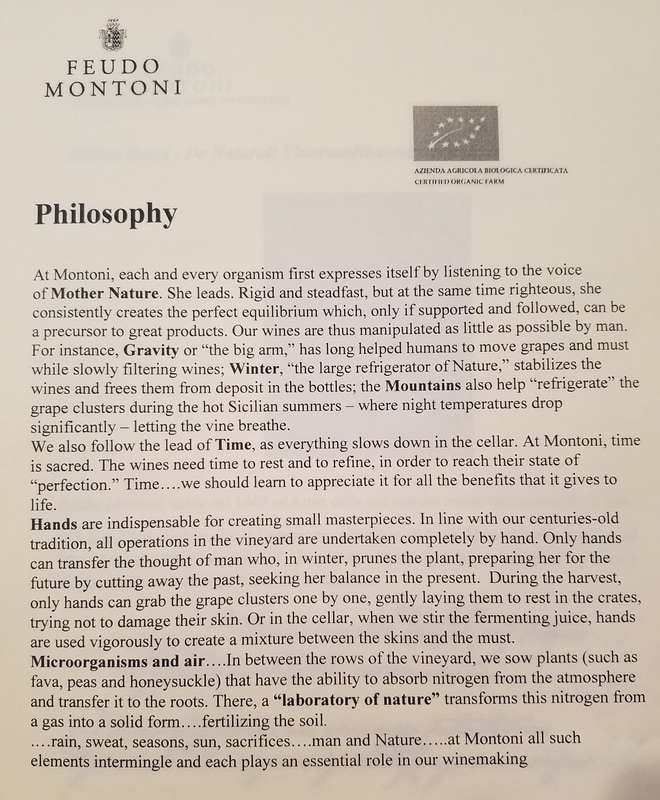
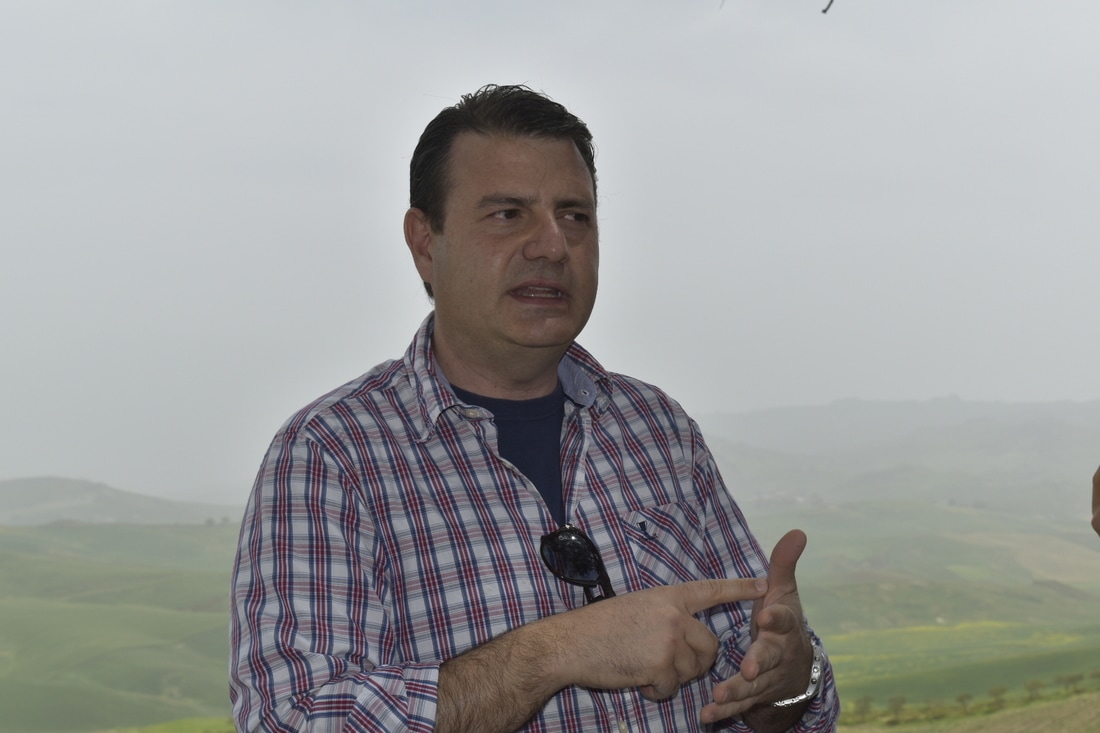
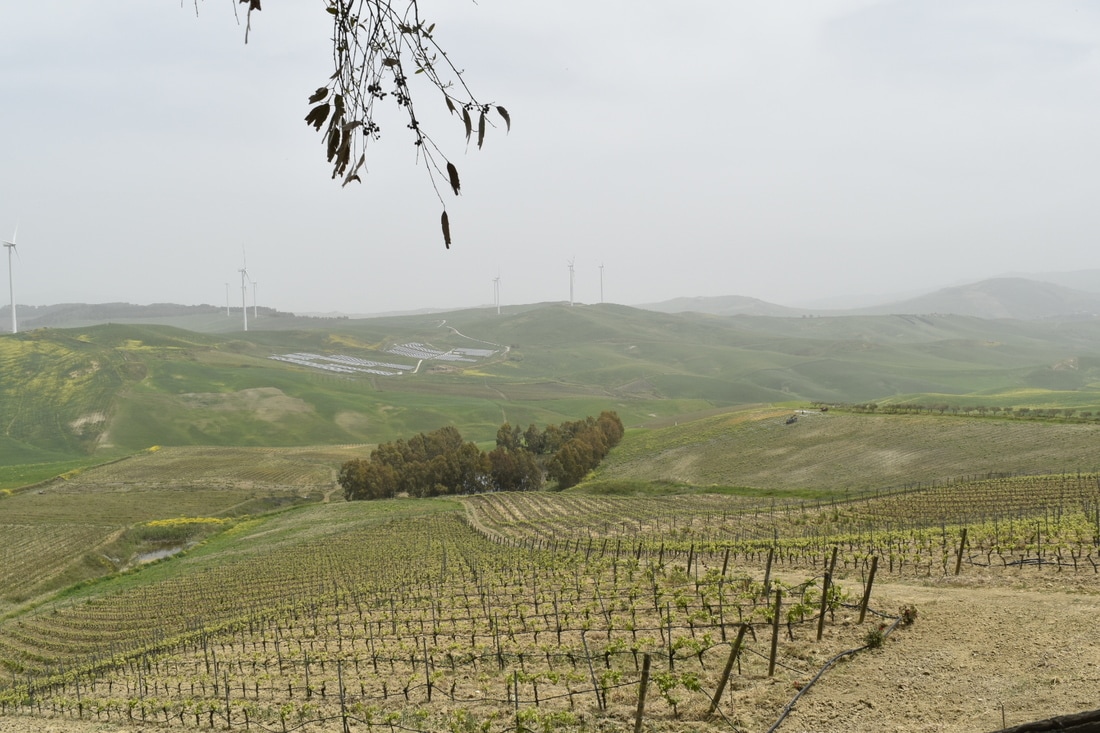
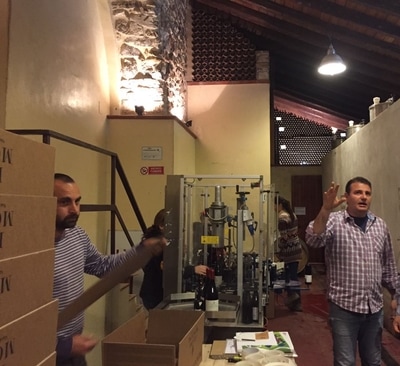
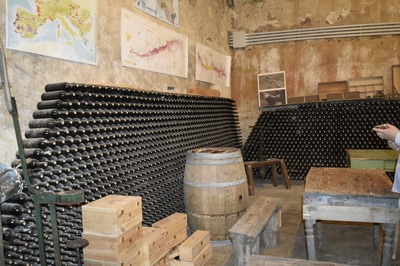
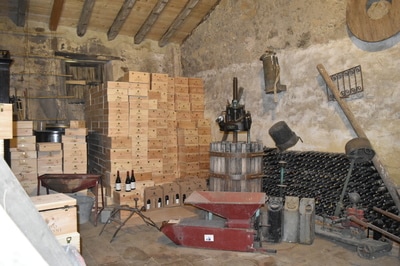
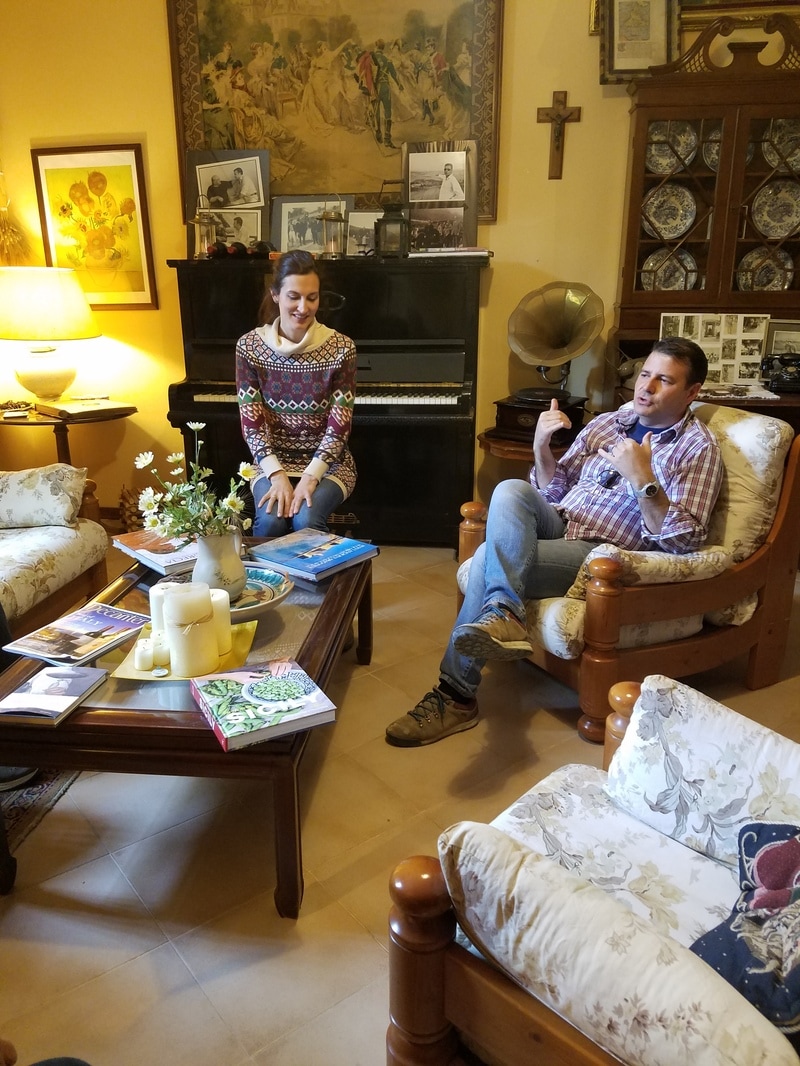
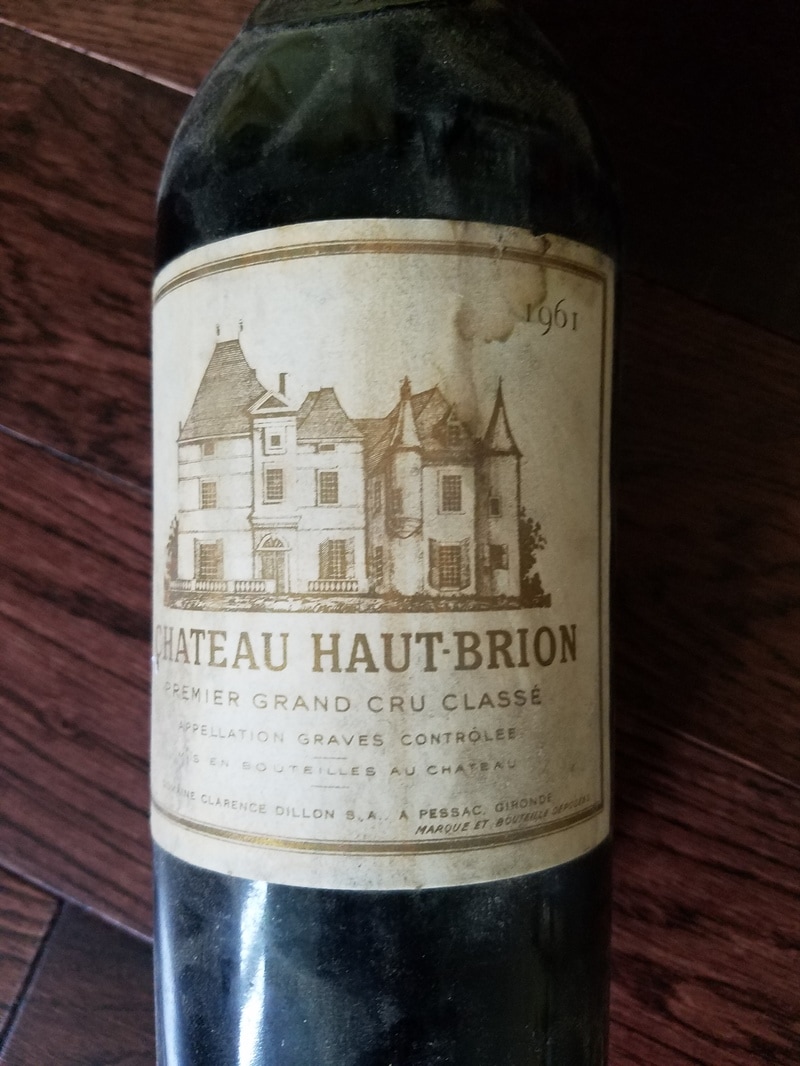
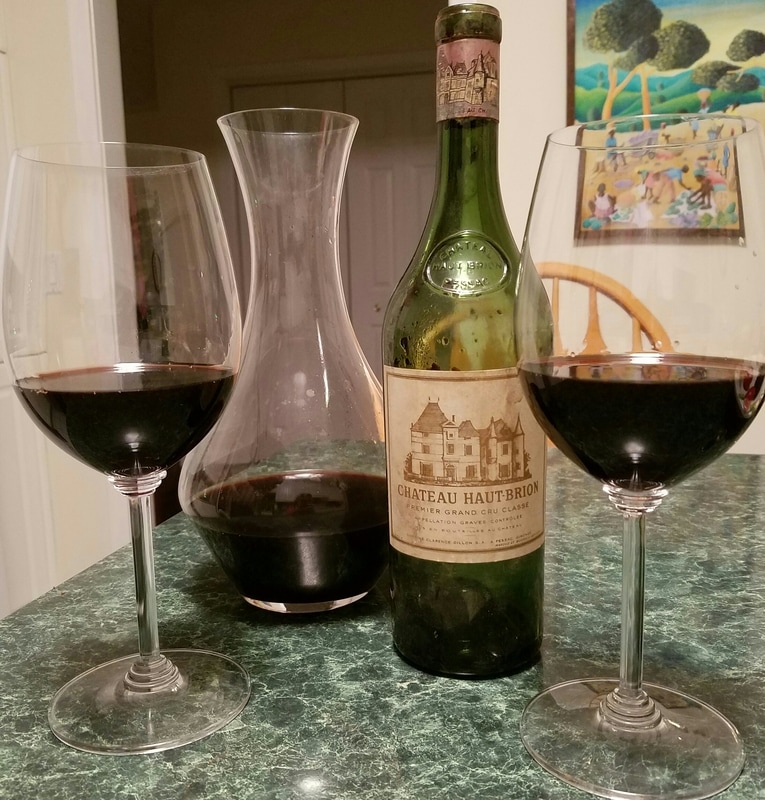
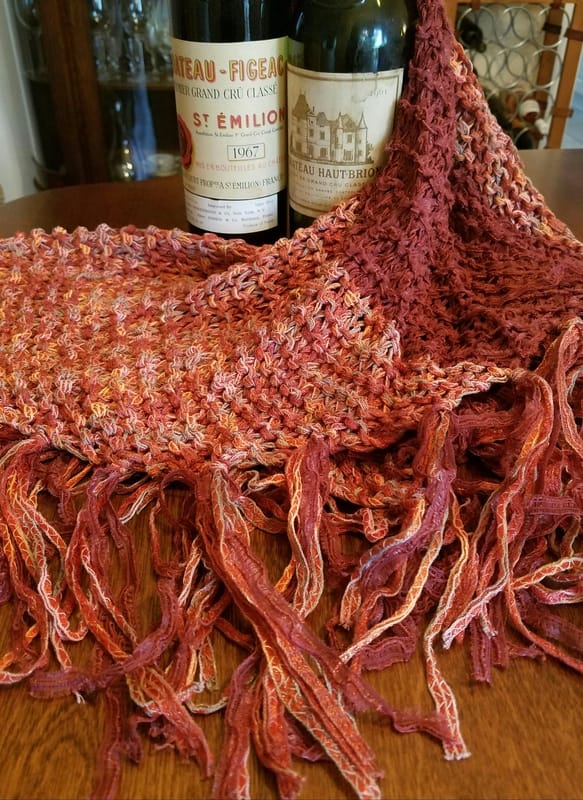
 RSS Feed
RSS Feed